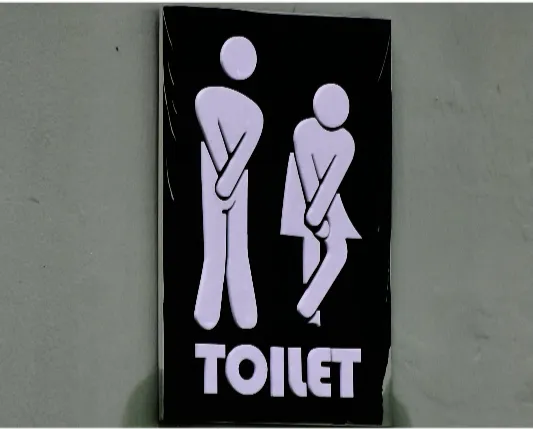Can we pee in peace? Why women need to go more often

Do women really have smaller bladders? A deep dive into the 'Great Toilet Debate'.
Image: Pexels
It’s a standing joke in our house that I could write a comprehensive guidebook titled “Bathrooms of the Western Cape: A Personal Journey”.
As the mother of two daughters, I can confidently say I’ve visited every loo in every petrol station, restaurant, shopping mall and beach we’ve ever set foot in. No outing is complete without a pit stop - or five.
Whether they “need” to go or not is beside the point; if there’s a bathroom, they’ll use it - and sometimes twice if it’s a well-decorated and appealing bathroom.
While I used to laugh about it, it got me thinking: do women really need to pee more often, or is this something we’re conditioned into from childhood?
Do females have smaller bladders than men?
Let’s flush away the first myth: women don’t have smaller bladders than men. On average, the human bladder can hold 400 to 600ml of urine, regardless of gender. But here's where it gets interesting- women often feel the urge to go sooner.
Because everything in the female pelvis is a bit more crowded and the bladder sits in front of the uterus and below the intestines - meaning that monthly hormonal changes, pregnancy, or even just a big meal can press down on it, that "got to go” feeling is triggered earlier in females than males.
In addition to this, the female urethra is only about 3-4 cm long (compared to 15-20 cm in men), which doesn’t just make women more prone to UTIs and it also makes them more sensitive to bladder fullness.
The result? More frequent trips to the loo.
Potty training for life
From a young age, girls are told to “go before we leave”, even if they don't need to. Whether it’s to avoid accidents, long queues or dodgy public toilets, this habit becomes ingrained.
By the time we’re adults, we’ve internalised the message that peeing “just in case” is responsible, even essential.
Add to that the reality of long queues for women’s toilets (fewer cubicles, more time per visit, more clothing layers) so it’s no surprise that many women seize the opportunity when it arises.
Cultural conditioning and bathroom anxiety
Unlike men, who can duck behind a tree or find relief with relative ease, women don’t have that luxury (unless you count awkward squats behind car doors). So we plan. We scan. We go when we can.
There’s also the expectation for women to be tidy, quick, and discreet, even when dealing with period products or changing a toddler’s nappy in a cubicle the size of a shoebox. It’s no wonder we develop a mental map of clean, accessible loos wherever we go.
So, is it nature or nurture?
In truth, it’s both. Women’s anatomy, hormonal shifts, and shorter urethras do contribute to more frequent urges. But lifelong conditioning from “go before we leave” to strategic toilet planning means women think about their bladders more, and act accordingly.
As for me and my daughters? Well, I’ve embraced our “bathroom tourism” with humour. After all, if you ever need to know where the cleanest toilet is between Cape Town and Hermanus, I’m your woman.
IOL Lifestyle